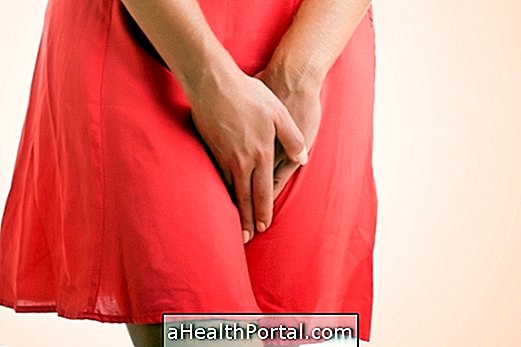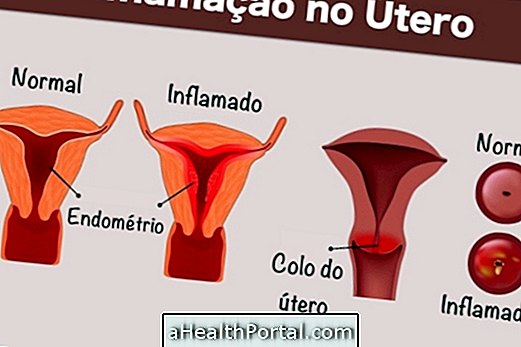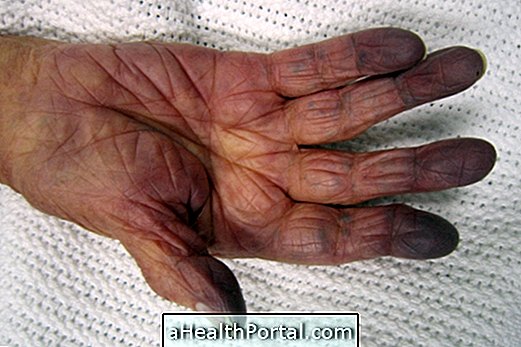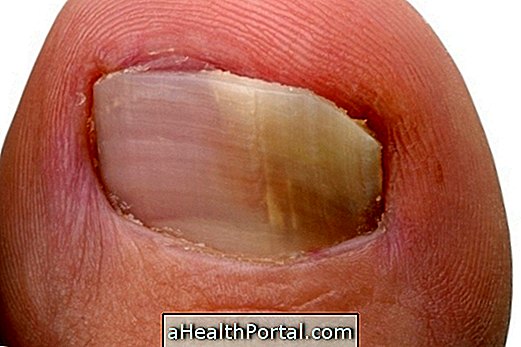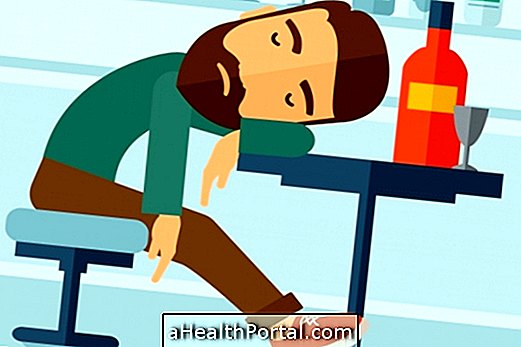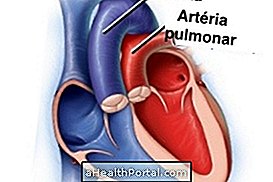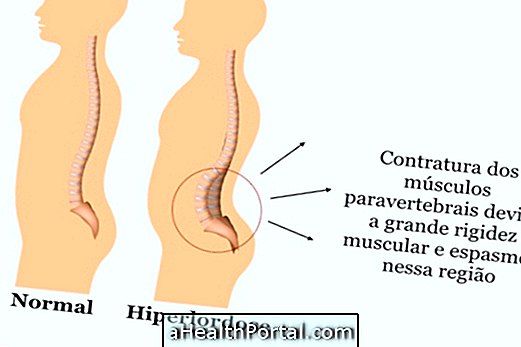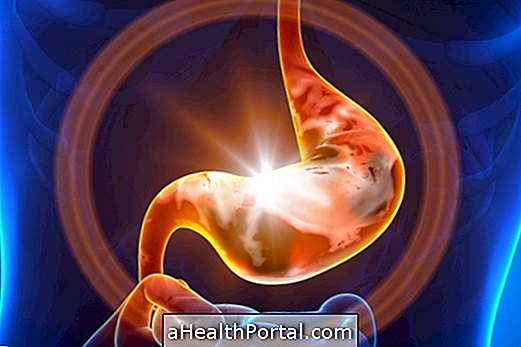Surgery to treat uterine prolapse is usually indicated in cases where the woman is under 40 and intends to become pregnant or in more severe cases when the uterus is completely outside the vagina and causes symptoms that prevent the woman from making her daily activities, for example.
Generally, the type of surgery varies according to the woman's desire to get pregnant. Thus, when the woman intends to become pregnant, a cut is made in the lower belly that allows the surgeon to reach the pelvic organs and place them in the correct place, reinforcing the weakened muscles with an artificial network. However, after this surgery, if the muscles remain very weak, the prolapse may recur.
If the woman does not want to become pregnant, surgery can be done with the complete removal of the uterus, also known as hysterectomy, preventing the problem from developing again.
Recovery of surgery for uterine prolapse
The recovery of surgery to treat uterine prolapse varies according to the type of surgery, however, the average recovery time is approximately 6 weeks.
During this period, a woman should not have sex and need to rest, avoiding intense physical activities, which should only be started after the doctor's appointment, which happens around 10 weeks.
In addition, during recovery the gynecologist will schedule several revision visits to assess healing, ensure that the uterus stays correctly positioned, and identify early signs of infection such as redness, swelling, or severe pain in the genital area.
Other forms of treatment of uterine prolapse
In cases of prolapse where the uterus is not outside the vagina, treatment usually does not need to be done with surgery, including only:
- Kegel exercises: help strengthen the pelvic muscles that support the uterus, avoiding its descent and relieving symptoms. Here's how: Kegel exercises.
- Use of pessaries: they are small pieces, usually of plastic, that are inserted in the vagina, temporarily or definitively, to support the uterus in the correct place, avoiding that it descends through the vaginal canal;
- Control of body weight: one should make a balanced diet and do regular exercise to avoid being overweight that weakens the pelvic muscles, allowing the development of uterine prolapse.
In addition, situations that increase pressure inside the abdomen, such as picking up on heavy objects, coughing too hard or developing constipation, should be avoided as they facilitate the development of uterine prolapse.
Here's how your diet should be to avoid constipation and prevent worsening of uterine prolapse:
- What to do to prevent constipation
